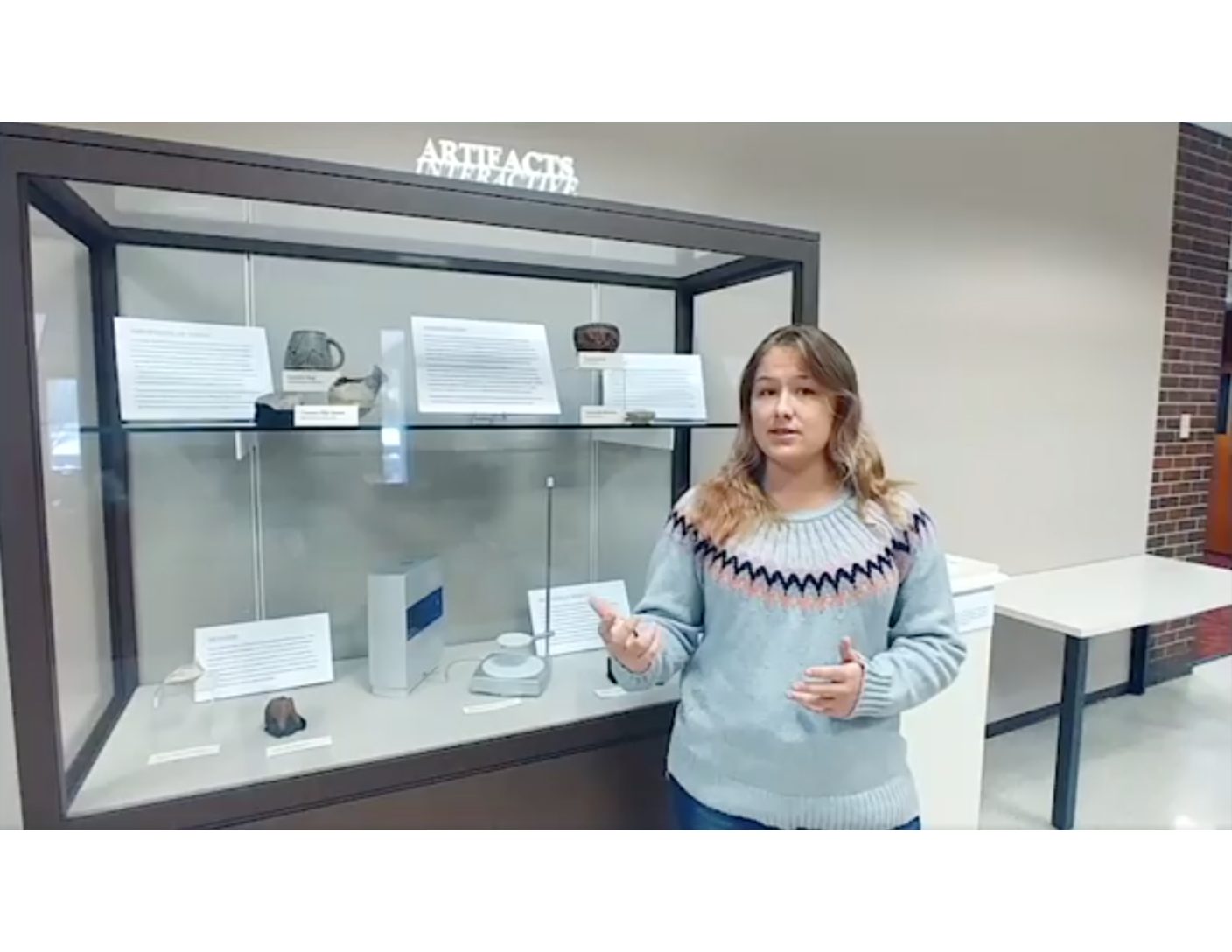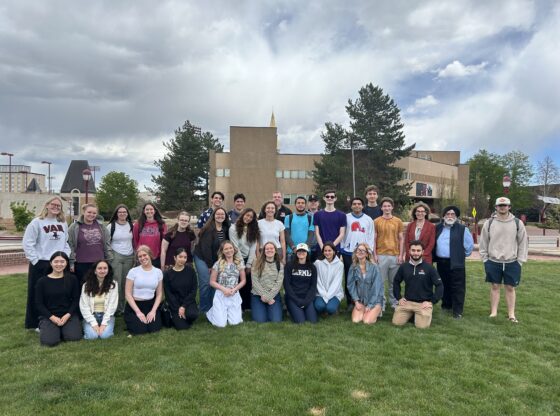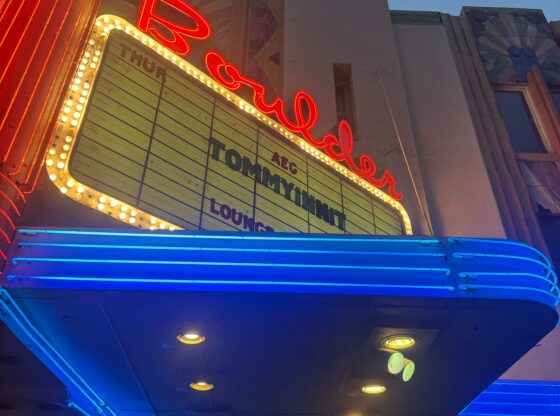Through this time, the Clarion remains devoted to highlighting student work. In Arts & Life, we will be featuring podcasts, blogs, and projects that have been created and are run by students. If you or someone you know is interested in being featured, email duclarioneditorialteam@gmail.com.
Recent DU anthropology graduate Kylie Dillinger is using her blog to help explain technological advances in archaeology to the general public. Her blog, “3D Scanning Archaeology,” was started on March 12 as a part of her capstone class.
“It is meant to be both a professional website blog to display the different things I can do with 3D-scanning and printing in archaeology,” said Dillinger. “As well as a way to explain how these different things can be done for anybody, not just archaeologists and anthropologists.”
Using her knowledge of 3D-scanning and 3D-printing, Dillinger collaborated with DU’s Museum of Anthropology (DUMA) to create an interactive exhibit for DU students.
“We did a small exhibit called Artifacts Interactive on the second floor of Sturm,” said Dillinger. “I 3D-scanned a large selection of artifacts and from those 19, [and] eight of them were selected to be printed replicas on display. So the originals would be behind glass, and the replicas would be out in the open for anyone to touch and handle.”
Dillinger elaborated on the importance of 3D-scanning when studying delicate artifacts. She explains that digital versions and replicas allow for safer study and better care for the objects.
“It [3D-scanning] creates a digital file of the artifact, which is useful because a lot of them are very fragile and you have to take special precautions in transporting them across large distances. So for research purposes, you can use 3D-scans as a substitute for the original to get a better feel of shape and design.”
3D scanning also has the potential to help differentiate between objects. Dillinger explains that you can “lay scans on top of one another” to help spot patterns or lack thereof. You can even use the scans of broken objects to digitally reconstruct them.
If you would like to learn more about 3D-scanning, printing and tech in archaeology, check out Dillinger’s blog here.











